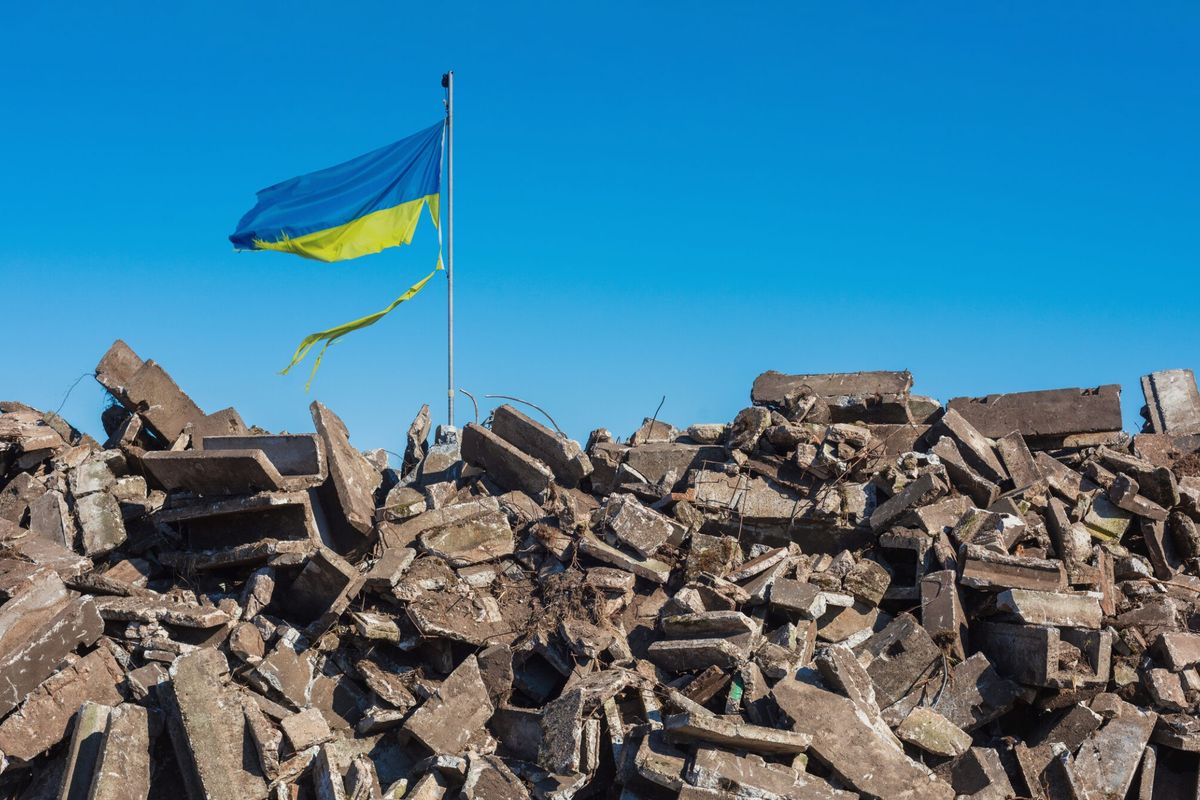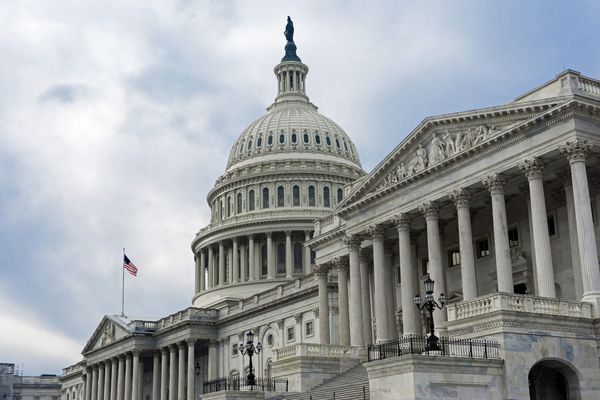In a Presidential race dominated by immigration, trade, and an almost unprecedented level of political mudslinging, one could be forgiven for missing moderator Lester Holt’s question on nuclear “No First Use” (NFU) policy in the first Presidential debate of 2016. However, the issue of NFU has quietly become a hotly contested area of nuclear policy.
Donald Trump’s answer was self-contradictory, stating both that he would “certainly not do first strike,” and that he wouldn’t “take anything off the table.” Yet, “oddly enough” writes Kingston Reif, Director of Disarmament and Threat Reduction Policy at the Arms Control Association and Cipher Brief expert, “Trump’s answer more or less captures the essence of current U.S. policy.” Although the U.S. is extremely unlikely to use nuclear weapons first in a conflict, Washington maintains the option to use nuclear weapons, even in cases where America or an ally has not been the victim of nuclear attack.
Politics aside, how has such a policy survived in the post-Cold war era, and does it make sense to maintain this kind of nuclear ambiguity today?
Since first running for office in 2008, President Barack Obama has supported the concept of American-led nuclear nonproliferation around the world. Indeed, the President focused much of his first major foreign policy speech in Prague on that very subject, pledging to “reduce the role of nuclear weapons in our national security strategy.”
The Obama administration has achieved some success in advancing the lofty goals set forward in that speech, signing a New START nuclear arms reduction treaty with Russia in 2010 and negotiating the Joint Comprehensive Plan of Action (JCPOA) nuclear deal with Iran in 2015. However, many have criticized Obama for failing to significantly reduce America’s own nuclear posture, citing plans to upgrade all three legs of the “nuclear triad” at an estimated price tag of $1 trillion. In this context, the prospect of a no first use declaration has been touted as a way to both cement Obama’s nonproliferation legacy and achieve a lasting impact on U.S. nuclear deterrence policy.
However, when reports emerged that administration officials were considering such a NFU declaration this July, the idea was quickly met with strident opposition from political opponents, as well as members of the administration, and even U.S. allies like Japan and South Korea.
Their argument is as follows. First, they contend that the history of U.S. nuclear policy is a testament to its own success. According to Dr. Keith Payne, Chair of the U.S. Strategic Command Senior Advisory Group and Cipher Brief expert, “the past seven decades of nuclear deterrence have seen the elimination of great power war and a dramatic decline in the percentage of the world’s population killed in war.” Not only does stern nuclear deterrence fend off nuclear attack, it also deters conventional threats and the use of other weapons of mass destruction (WMD), such as chemical and biological weapons.
Supporters of first use argue that anything which weakens deterrence by undermining the policy of nuclear ambiguity would embolden maleficent actors to consider largescale conventional attacks or the use of WMDs. Perhaps more important, they maintain that a NFU declaration would also undermine allies’ confidence in the U.S. nuclear umbrella. Indeed, after rumors of a possible NFU surfaced, allies such as Japan, South Korea, France, and the U.K. reportedly lobbied the administration to reconsider, arguing that the declaration would embolden adversaries like Russia and North Korea. This kind of unease could, according to Payne, “easily increase the motivation among some to acquire their own deterrent capabilities, including nuclear.” Thus, a NFU could actually increase nuclear proliferation.
However, to proponents of NFU, such fears are misguided and out of date. Ramesh Thakur, former United Nations Assistant Secretary-General and Cipher Brief expert, allows that American first use policy “might serve the purpose of strategic reassurance of the [nuclear] umbrella states.” However, if that is true, then “the umbrella states are suffering from a potentially fatal illusion.”
Thakur and other NFU supporters argue that the U.S. already possesses such a significant conventional military edge over any serious nuclear rivals – such as Russia, China, and North Korea – that the threat of nuclear attack does not actually provide any further deterrence or umbrella protection to allies. At the same time, they argue that most adversaries already regard the threat of American first use to be so unlikely as to lack real credibility. It is the threat of a retaliatory second strike, not the first, that provides real nuclear deterrence.
On the other hand, proponents claim that the benefits of an American NFU declaration are clear. First, by taking the possibility of a nuclear U.S. first strike off the table, such a declaration would, according to Reif, “reduce the risk of Russian or Chinese nuclear miscalculation” in any possible conflict. Second, the abandonment of possible first use would allow the U.S., Russia, and other nuclear armed nations to cooperate more effectively on cutting bloated nuclear security architectures.
However, as North Korea completes its fifth nuclear test, China continues to push territorial claims in the South and East China Seas, and Russian President Vladimir Putin walks away from a plutonium-reduction agreement with the U.S. amidst soured ties over Syria, President Obama now seems more inclined to heed warnings from Defense Secretary Ash Carter, Secretary of State John Kerry, and Secretary of Energy Ernest J. Moniz and step back from a NFU pledge. In the final months of a tumultuous American election cycle, and a Presidency beset by foreign policy crises, it appears that ambiguity may remain the watchword of U.S. nuclear policy.
Fritz Lodge is an international producer at The Cipher Brief.












